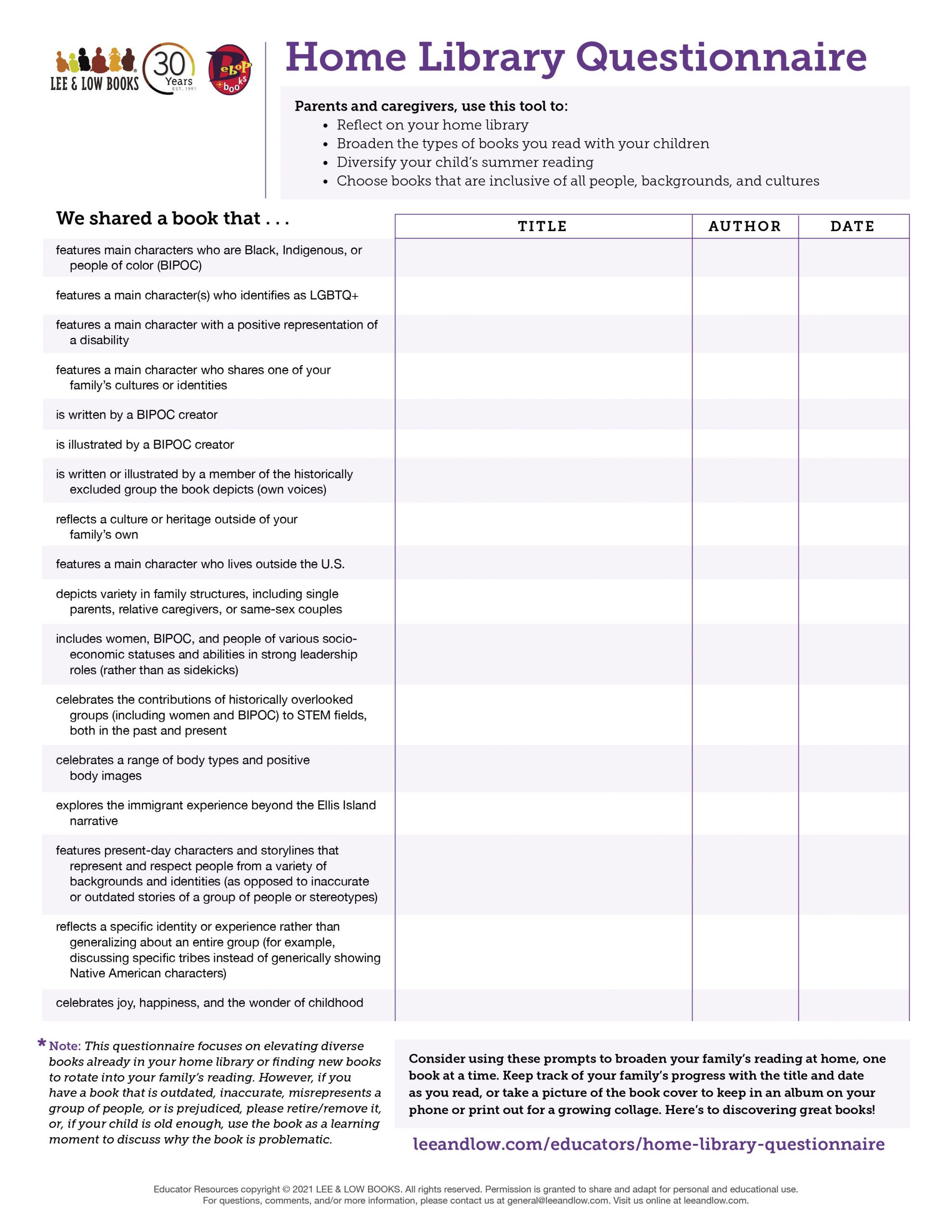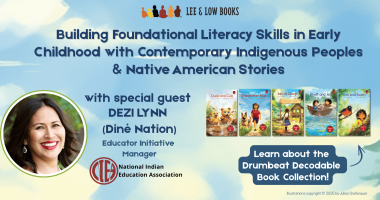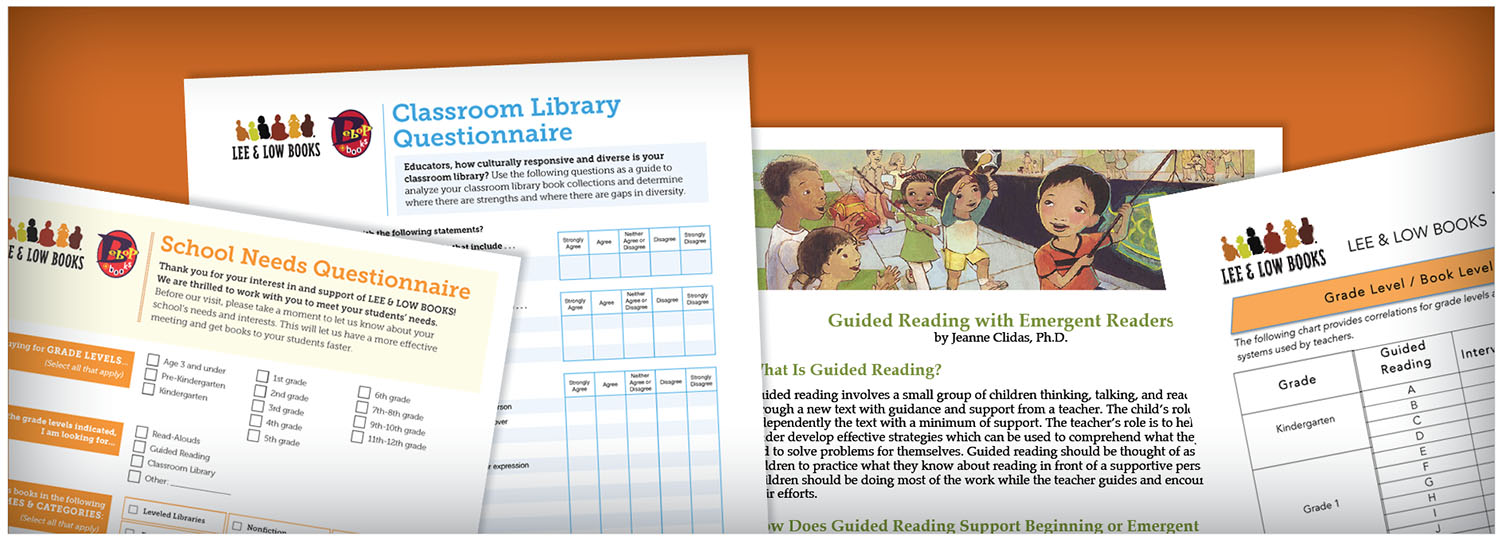We are so excited to announce that we have adapted our beloved Classroom Library Questionnaire into a tool for families and caregivers! Our newly launched Home Library Questionnaire is now available for free to download.
The Home Library Questionnaire will help you:
- Reflect on your home library
- Broaden the types of books you read with your children
- Diversify your child’s independent reading and advocate for more inclusivity in school booklists
- Choose books that are inclusive of all people, backgrounds, and cultures
Here are some additional tips about reading with your child and making the most out of your reading experience:
Read the book beforehand.
Go through each page carefully, paying attention to the text and illustration. What do you notice? What do you think the child will observe or ask as you’re reading?
Reflect before and after reading why you are reading the book to the child.
Some books can simply be for fun! Others have a message that you want to convey, such as talking about race or social justice. What’s your goal?
Go back through the book and think about different places where you want to stop and ask the child a targeted question.
For example, if the book addresses empathy, consider pausing at a pivotal moment and ask the child how the character is feeling in that situation and explain his or her thinking.
 After you read the book to the child, ask a general question about your objective.
After you read the book to the child, ask a general question about your objective.
This can encourage discussion about the author’s message, characters’ intentions, or something new that was learned. For example, you can ask, “how did this character show that she cared for others?” to circle back to the theme of empathy.
Listed here are some general questions that can help spark the conversation:
- Why do you think the character did [scenario]? What makes you think that?
- How did the character change over the course of the book? Why is that important?
- How did the character feel when [character] did [scenario]? Why?
- After reading the book, why do you think the title is [give title name]? What makes you think that?
- Did this book make you think of anything in your life? What about another book that we have read together? Why?
- Do you think the main character is a role model for young people? Why or why not?
Educators, check out these additional tools for finding the best diverse books for your classroom:
Evaluate a Book: If you are analyzing a specific children’s book for its cultural responsiveness and representation, here is the Teaching Diversity tool from Learning for Justice (PDF here)
Evaluate a Collection of Books: If you are analyzing your classroom library, guided reading bookroom, or scope & sequence’s mentor texts, here is the Lee & Low Books one-page audit questionnaire (PDF here)
Evaluate a Whole Curriculum: If you are analyzing your curriculum, whether it is district-made or purchased from a curriculum company, here is the Culturally Relevant Curriculum Scorecard designed and published by The Metropolitan Center for Research on Equity and Transformation of Schools (NYU Metro Center) (PDF here, Spanish edition here).
Evaluate a Home Library: If you are supporting families in evaluating their child’s bookshelf, here is the Lee & Low Books one-page questionnaire (PDF here)
Many experts offer additional research, reading tips, and inspiration for families and caregivers, including:
- Embrace Race
- ¡Colorín Colorado!
- Diverse Book Finder
- National PTA
- Reading Rockets
- The Conscious Kid
- National Center for Families Learning
- Multicultural Children’s Book Day
- American Library Association’s Children’s Book Awards
- Your local public library
Want some book suggestions to get you started? Check out our fun, colorful, and printable Diverse Summer Reading List that will get all kids engaged in reading, during the summer and all year long! Our list includes both fiction and nonfiction, bilingual Spanish/English titles, and a diverse range of cultures—in other words, the right book for every reader!









